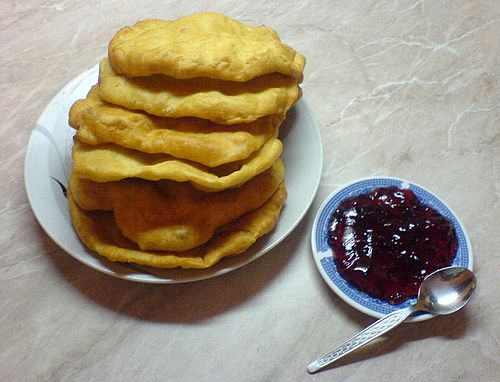This articleneeds additional citations forverification. Please helpimprove this article byadding citations to reliable sources. Unsourced material may be challenged and removed. Find sources: "List of doughnut varieties" – news ·newspapers ·books ·scholar ·JSTOR(June 2014) (Learn how and when to remove this message) |

Doughnuts are a type offried dough food. The following is alist of doughnut and fried dough pastry varieties.
The terms below constitute either names for different doughnut types created using local recipes, or for the local language translation of the term for an imported doughnut product.















